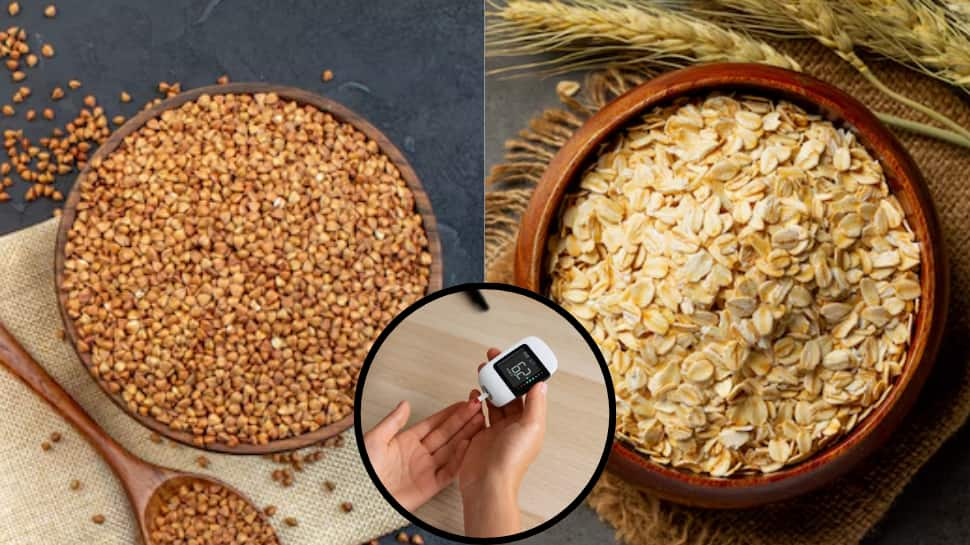Managing diabetes starts with making smart food choices, especially at breakfast—the meal that sets the tone for your entire day. Two popular “healthy” options often recommended are ragi (finger millet) and oats. Both are rich in nutrients, but which one is truly better for diabetics in the morning? Let’s break it down.
Ragi (Finger Millet) for Diabetics
Nutritional Benefits:
Rich in dietary fiber, which slows down digestion and helps control blood sugar levels.
Low glycemic index compared to many grains.
Packed with calcium, iron, and essential amino acids.
Why It’s Good for Diabetics:
Helps maintain satiety, preventing sudden hunger pangs.
Reduces post-meal blood sugar spikes.
Gluten-free, making it a good option for those with gluten sensitivity.
Best Ways to Eat Ragi in the Morning:
Ragi porridge with a pinch of cinnamon.
Ragi dosa or ragi idli for a filling breakfast.
Ragi upma with veggies for added fiber.
(Also Read: 5 Early Symptoms Of Diabetes In Men That You Must Recognise Before It’s Too Late)
Oats for Diabetics
Nutritional Benefits:
Excellent source of soluble fiber (beta-glucan), which helps regulate blood sugar.
Contains magnesium, beneficial for insulin function.
Supports heart health, which is important since diabetes increases cardiovascular risks.
Why It’s Good for Diabetics:
Helps stabilize blood glucose levels.
Promotes a healthy gut by supporting good bacteria.
Keeps you full for longer, reducing the urge to snack on unhealthy foods.
Best Ways to Eat Oats in the Morning:
Overnight oats with nuts and seeds (avoid sugary toppings).
Savory oats upma with vegetables.
Oatmeal with a sprinkle of chia seeds or flaxseeds.
Ragi vs Oats: Which Is Better for Diabetics?
Ragi is excellent for controlling hunger, providing long-lasting energy, and boosting mineral intake.
Oats shine when it comes to improving insulin sensitivity and heart health.
Both have a low glycemic index when prepared without sugar, making them diabetic-friendly.
The best choice depends on your body’s response. Some diabetics find oats easier on their blood sugar, while others benefit more from ragi. Alternating between the two can give you a balanced nutritional advantage.
For diabetics, both ragi and oats are smart breakfast options. Ragi provides calcium, iron, and sustained energy, while oats help regulate blood sugar and cholesterol. The healthiest approach is to include both in rotation, ensuring variety and balanced nutrition in your morning diet.
(This article is meant for informational purposes only and must not be considered a substitute for advice provided by qualified medical professionals.)

